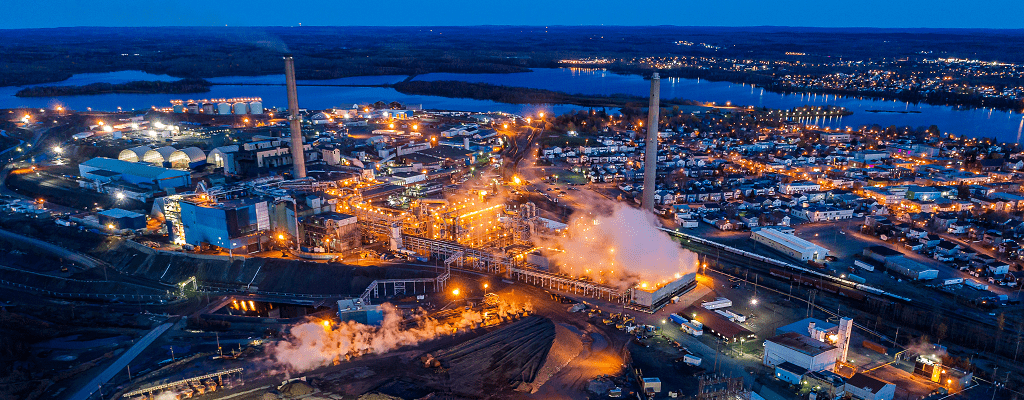Neighbours to be relocated as Glencore’s Horne smelter grapples with meeting emissions targets


Canada’s only operating copper smelter, Horne, belonging to Glencore (LSE: GLEN) in Rouyn-Noranda, Que., is facing increased scrutiny as it aspires to meet the province’s five-year target to reduce arsenic emissions. The plant has been known to emit 165 ng of arsenic per m3, compared to the provincial limit of 3 ng/m3.
Plans call for reducing arsenic emissions in areas closest to the smelter to 15 ng/m3 by the end of 2027. The goal includes a limit of 3 ng/m3 in over 84% of the town.
Glencore has outlined three pillars for its $500 million investment.
The first pillar is modernization of the smelter with the addition of stage-of-the-art technology. This incudes a complete re-engineering of the copper production process, the addition of a high-capacity air cleaning system, building a new energy-efficient casting wheel, and finalizing a larger transition zone between the smelter and its neighbours in the Notre-Dame district of the town.
About 200 families are to be relocated from the district that has been most contaminated by smelter pollution. The residents are reported to have mixed emotions about the move, but the mining industry has humanely and successfully completed projects such as this before. The most recent Canadian example was the relocation of the Quebec town of Malartic to accommodate the expansion of the Canadian Malartic open pit gold mine.
Glencore will buy the homes and land from willing owners in the contaminated area. The Quebec government said last week it will contribute $88.3 million to building a new neighbourhood for the relocation project. The town will also support residents whose rents go up with the move.
The second pillar of the emissions reduction work involves improvements to existing capture systems. Emissions will be reduced until the new plant section is in operation in the summer of 2027. The third, and final, pillar involves optimization of the new facilities and upgrading nine existing dust collectors.
More details about the Horne emissions program is available in French language news releases on the Horne smelter website.
Comments